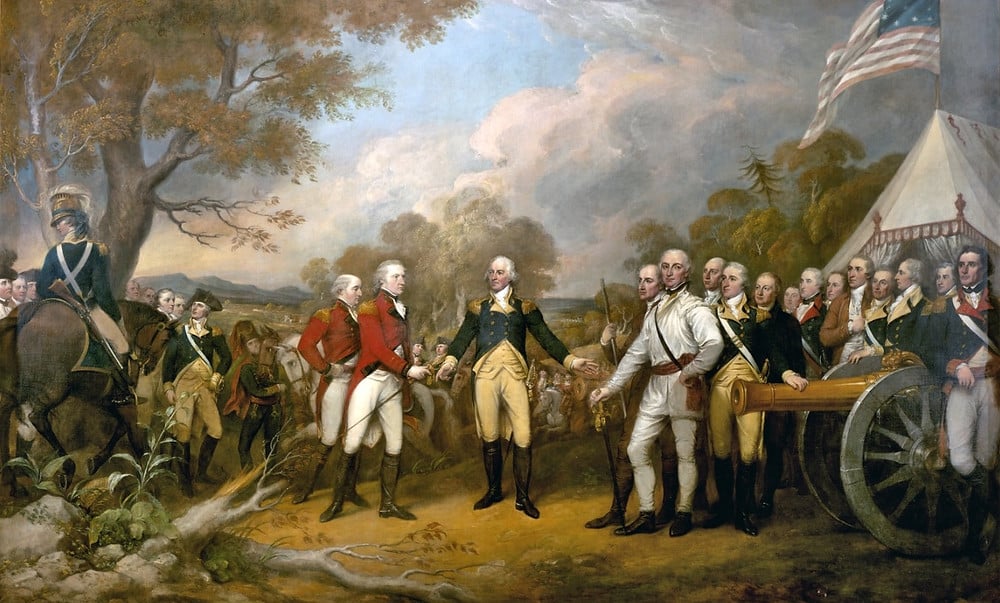American Founding Father and one of the signatories of the United States Declaration of Independence, William Whipple, represented New Hampshire as a member of the Continental Congress from 1776 through 1779. But did you know that Whipple was also one of the first people to free his own slave?
One of the 56 signatories of the Declaration of Independence, William Whipple, believed one could not simultaneously fight for freedom and hold another person in bondage; he freed his slave after signing the declaration.
William Whipple’s Political Career
In 1775, New Hampshire disbanded the British Royal state and managed a House of Representatives, and an Executive Council understood collectively as a Provincial Congress. Whipple was selected to represent Portsmouth. He became a member of the Committee of Safety.
A recommendation is gone thither for raising some regiments of Blacks. This, I suppose, will lay a foundation for the emancipation of those wretches in that country. I hope it will be the means of dispensing the blessings of freedom to all the human race in America.
William Whipple
Whipple was then elected to the Continental Congress, and he signed the United States Declaration of Independence. He was the second cousin of fellow signatory Stephen Hopkins. In January 1776, Whipple penned to associate signatory Josiah Bartlett of the upcoming pattern:
This year, my Friend is big with mighty events. Nothing less than the fate of America depends on the virtue of her sons. If they do not have integrity enough to support the most Glorious Cause ever human beings were engaged in, they don’t deserve the blessings of freedom.
William Whipple
(Source: Descendants of the Signers of the Declaration of Independence)
William Whipple’s Military Career
The New Hampshire Provincial Congress offered Whipple his foremost task in 1777. At Saratoga, he was positioned in order of a company consisting of four militia regiments. Whipple supervised Bellow’s regiment, Chase’s regiment, Moore’s company, and Welch’s company.
As an outcome of their meritorious conduct at the Battle of Saratoga, Whipple and Colonel James Wilkinson were single-handedly picked by Major General Horatio Gates to determine terms of capitulation with two representatives of General John Burgoyne. Whipple then signed the Convention of Saratoga, the practical rejection of General Burgoyne and his armies.
Whipple was then selected and several other officers to escort Burgoyne and his army back to Winter Hill, Somerville, Massachusetts. Whipple passed the news of the victory at Saratoga to Captain John Paul Jones, who reported to Benjamin Franklin, who was in Paris at the time.
News of the success established applicable to Franklin throughout alliance negotiations with the French. In 1778, Whipple followed his commanding officer, General John Sullivan, to the Battle of Rhode Island, where he oversaw Evans’ regiment, Peabody’s regiment, and Langdon’s light horse regiment. (Source: Descendants of the Signers of the Declaration of Independence)
William Whipple’s Death
When the war ended, Whipple was appointed as an associate justice of the Superior Court of New Hampshire.
Unfortunately, he suffered from cardiac problems for years before this. He passed away in November 1785, fainting atop his horse while he was on his way to court. (Source: Waymarking)
